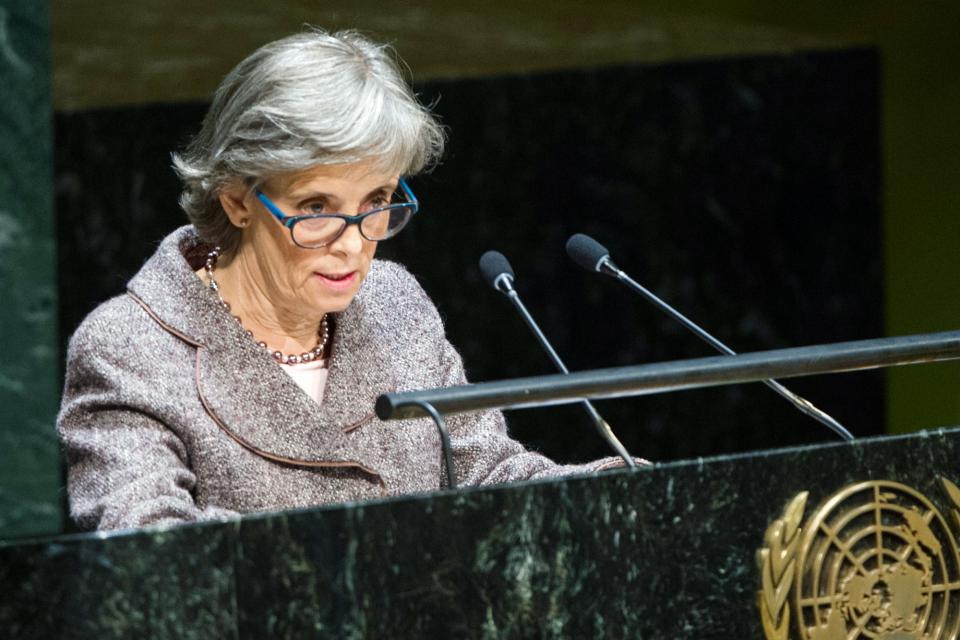- عربي
- 中文
- English
- Français
- Русский
- Español
UN NEWS CENTRE Feature: With more than half of all children in danger, UN envoy discusses safety

Ahead of the International Day of Innocent Children Victims of Aggression, marked annually on 4 June, the UN News Centre sat down with Mrs. Santos Pais. The interview touched on the state of the world's children and her work with UN entities, governments, regional organizations and civil society partners to effect positive change.
UN News Centre: Ten years ago, the UN released a global study on violence against children that said the problem was widespread and often underreported. Is the world a safer place for children today?
Mrs. Santos Pais: It is better in the sense that we have it now more strongly anchored in the policy agenda of the United Nations, regional organizations and countries around the world. It's a topic we talk more [about] in the public debate and that children more easily bring into the open. But when we try to compare the magnitude of the problem when the study was issued in 2006 [versus] today, it's difficult to do because we didn't have the data and information that was required to do that kind of comparison. Still today, it is very widely accepted, very pervasive and affects millions of children. In fact, last year [more than one billion children] between two and 17 years of age were affected by some form of violence – physical, psychological or sexual. The rates of homicide affect particularly, in a devastating manner, children below the age of 15. Eight per cent of global homicides affect children.
When we talk about child trafficking, the face of children is very visible. In some regions, more than 60 per cent of the victims are children. Even if we recognize that we have better legislation, better policies, better data in a number of countries, we talk more and with greater confidence about what can help prevent and address violence, we still have countless thousands of kids whose life is shaped by dramatic levels of violence and that's what we need to overcome now. That's why we want to continue to implement the recommendations of the study and mobilize wide support around the world.
UN News Centre: The UN's development agenda includes for the first time a specific target to end all forms of violence against children by 2030. How will this be achieved?
Mrs. Santos Pais: This is a huge achievement. It may seem a too ambitious goal but we believe it is achievable. And we say that with the confidence of the progress that we have seen happening over the past years. The real difference needs to happen at the national level. The first thing that we hope to see is more countries, including in their national development agendas, the priority of [ending] violence against children.
Read the complete interview in the UN News Centre website
Videos of the interview can be found in the United Nations Youtube channel
Video: Thousands of refugee children disappeared
Video: Everybody is needed, everybody counts
In the process of preparing this new global development agenda there were many important consultations that were organized at the regional, global and national level, and more than 800,000 children very seriously contributed to those discussions. The top concerns that they expressed when they intervened were systematically violence against children, very often violence in schools. But mainstreaming this agenda at the national level is not simply saying that we have a law. If we do not allocate the necessary resources for implementation, if this does not become a concern that professionals who work in a school, a hospital, a community center or in a recreation center feel it's imperative to contribute to the same goal, we will not achieve it.
This is the reason why we decided to launch recently a very important initiative called “High Time to End Violence against Children,” which we hope will convey that sense of urgency and absolutely no acceptance or complacency."(...)

